Taiwan tries to get national fish on more Korean plates
By Korea HeraldPublished : Nov. 24, 2013 - 19:50
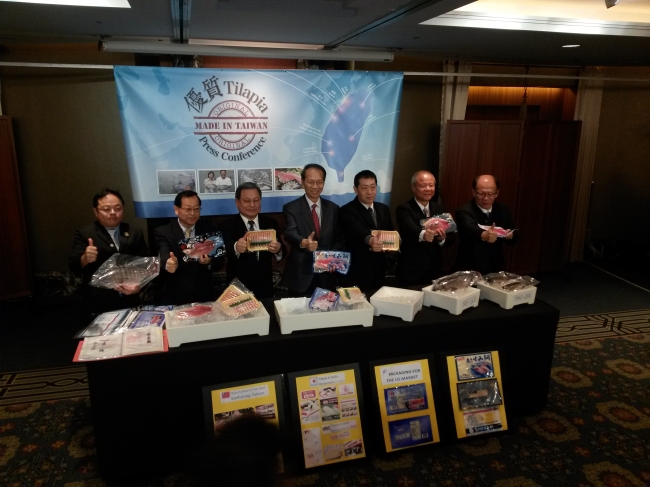
Taiwan’s top diplomatic representative here, along with government officials and fish vendors, proffered the island nation’s tilapia fish in a bid to reverse damage done by a media report ― which was later retracted ― aired on Dong-ang Ilbo’s Channel A cable TV station.
“Protecting tilapia is one or main purposes at our mission,” said Liang Ying-ping, the chief representative of Taiwan’s diplomatic mission in South Korea. “We intend to show the high quality and safety of Taiwanese tilapia.”
Miaw Tzyh-chung, a director-level official at Taiwan’s Council of Agriculture, said that more than half of tilapia exported to South Korea is used for hoe, Korean raw fish that is better known as sashimi in the West, adding that it makes for good eating during the hoe-eating season.
The autumn months here ― October, November and December ― are the most popular time of year for hoe, so Taiwanese officials were especially sensitive to reports denigrating the fleshy freshwater fish.
About 6,000 tons of tilapia were exported to South Korea in 2012, according to the Taiwanese diplomatic mission, at a value of about $20 million.
The media push by Taiwan’s diplomatic mission came as a response to Channel A’s program “Food X-File,” which showed in an Oct. 25 broadcast images of slimy algae-covered fish ponds that it claimed were Taiwanese tilapia farms.
A correction was later posted in text on the program’s website explaining that the images were not of current facilities but rather abandoned ones.
By Philip Iglauer (ephilip2011@heraldcorp.com)
-
Articles by Korea Herald


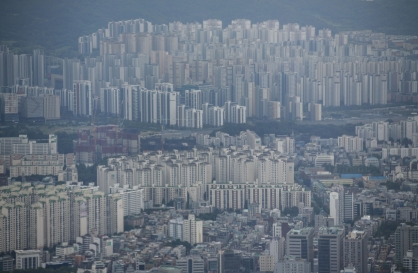
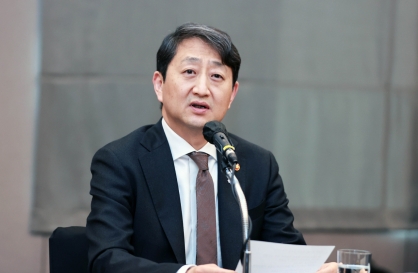
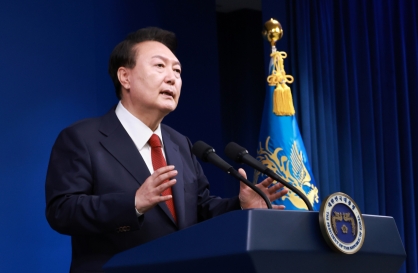
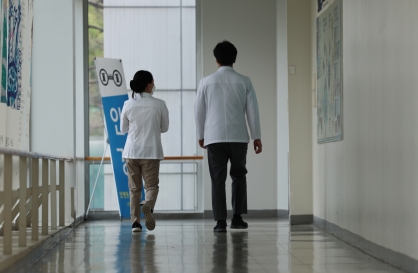
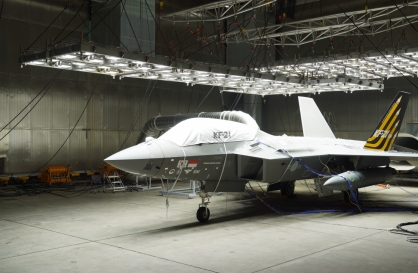
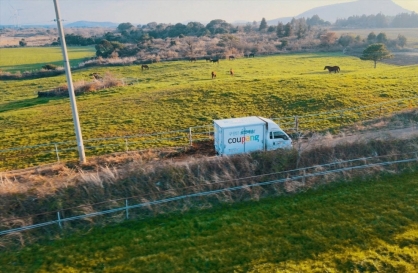

![[K-pop’s dilemma] Time, profit pressures work against originality](http://res.heraldm.com/phpwas/restmb_idxmake.php?idx=644&simg=/content/image/2024/05/08/20240508050705_0.jpg&u=20240508171126)

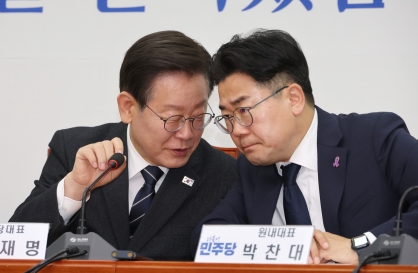




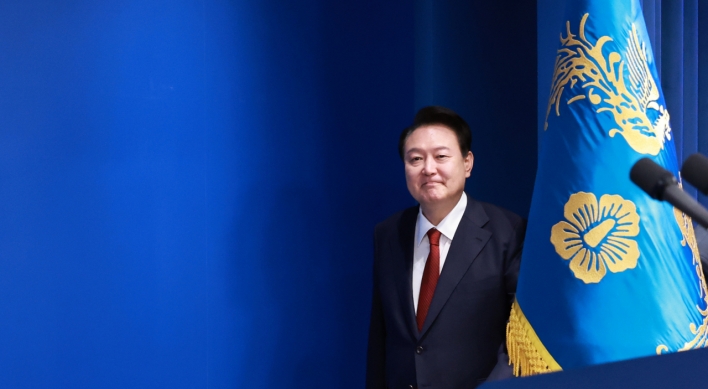
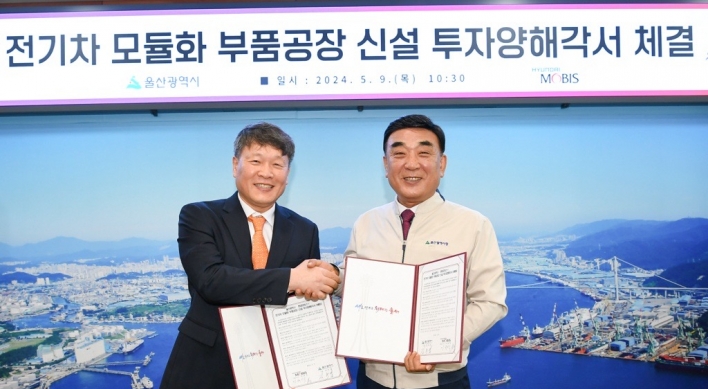
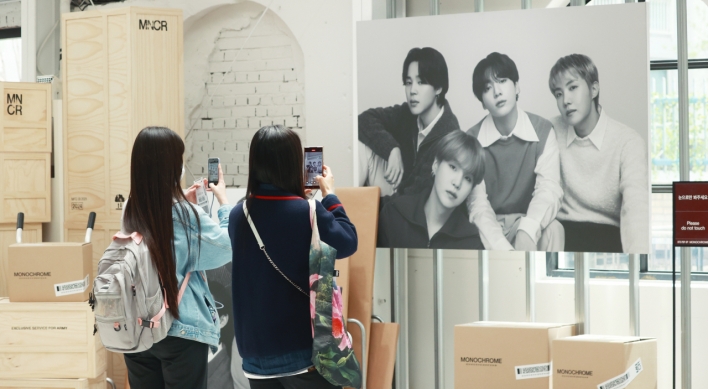
![[Today’s K-pop] Stray Kids to drop new album in July: report](http://res.heraldm.com/phpwas/restmb_idxmake.php?idx=642&simg=/content/image/2024/05/09/20240509050659_0.jpg&u=)